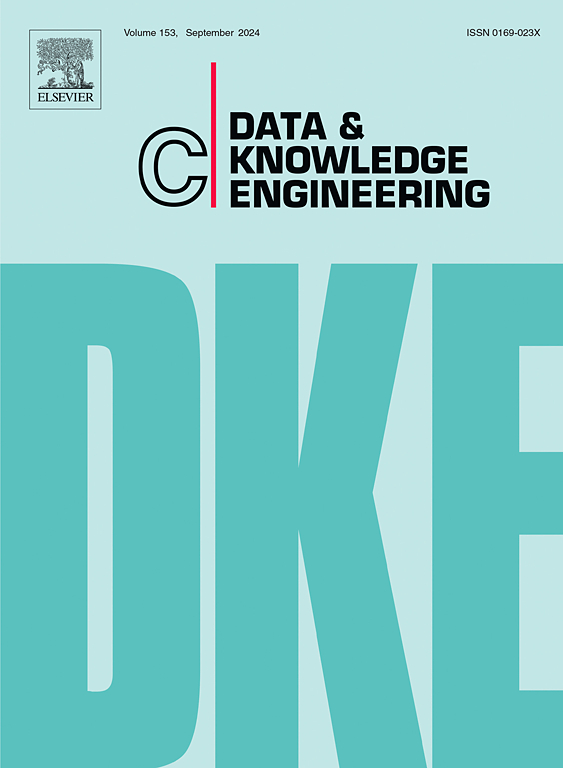一种应用于工业4.0的叙事仪表板系统设计方法
IF 2.7
3区 计算机科学
Q3 COMPUTER SCIENCE, ARTIFICIAL INTELLIGENCE
引用次数: 0
摘要
仪表板是一种流行的工具,通过将大量数据转换为清晰的信息,向决策者展示关键见解。然而,虽然单个的可视化可以有效地回答特定的问题,但它们往往不能以一种传达整体叙述的方式联系起来,使决策者无法对所分析的领域有一个连贯的理解。本文提出了一种全新的方法论,用于整体仪表板的系统设计,从分析需求转向讲故事的仪表板。我们的方法确保所有可视化与决策者的分析目标保持一致。它包括几个关键步骤:通过i*框架捕获分析需求;将这些需求构建并细化为树状模型,以反映决策者的心理分析;识别和准备相关数据;通过新颖的讲故事概念模型,捕捉到构成有凝聚力的讲故事仪表板的关键概念和关系;最后,实现可视化并将其集成到仪表板中,确保与决策者的需求保持一致性和一致性。我们的方法已应用于现实世界的工业环境。我们通过一个对照实验来评估它的影响。研究结果表明,与传统仪表板相比,讲故事仪表板显著改善了数据解释,减少了误解,并增强了整体用户体验。本文章由计算机程序翻译,如有差异,请以英文原文为准。
A methodology for the systematic design of storytelling dashboards applied to Industry 4.0
Dashboards are popular tools for presenting key insights to decision-makers by translating large volumes of data into clear information. However, while individual visualizations may effectively answer specific questions, they often fail to connect in a way that conveys the overall narrative, leaving decision-makers without a cohesive understanding of the area under analysis.
This paper presents a novel methodology for the systematic design of holistic dashboards, moving from analytical requirements to storytelling dashboards. Our approach ensures that all visualizations are aligned with the analytical goals of decision-makers. It includes several key steps: capturing analytical requirements through the i* framework; structuring and refining these requirements into a tree model to reflect the decision-maker’s mental analysis; identifying and preparing relevant data; capturing the key concepts and relationships for the composition of the cohesive storytelling dashboard through a novel storytelling conceptual model; finally, implementing and integrating the visualizations into the dashboard, ensuring coherence and alignment with the decision-maker’s needs. Our methodology has been applied in real-world industrial environments. We evaluated its impact through a controlled experiment. The findings show that storytelling dashboards significantly improve data interpretation, reduce misinterpretations, and enhance the overall user experience compared to traditional dashboards.
求助全文
通过发布文献求助,成功后即可免费获取论文全文。
去求助
来源期刊

Data & Knowledge Engineering
工程技术-计算机:人工智能
CiteScore
5.00
自引率
0.00%
发文量
66
审稿时长
6 months
期刊介绍:
Data & Knowledge Engineering (DKE) stimulates the exchange of ideas and interaction between these two related fields of interest. DKE reaches a world-wide audience of researchers, designers, managers and users. The major aim of the journal is to identify, investigate and analyze the underlying principles in the design and effective use of these systems.
 求助内容:
求助内容: 应助结果提醒方式:
应助结果提醒方式:


